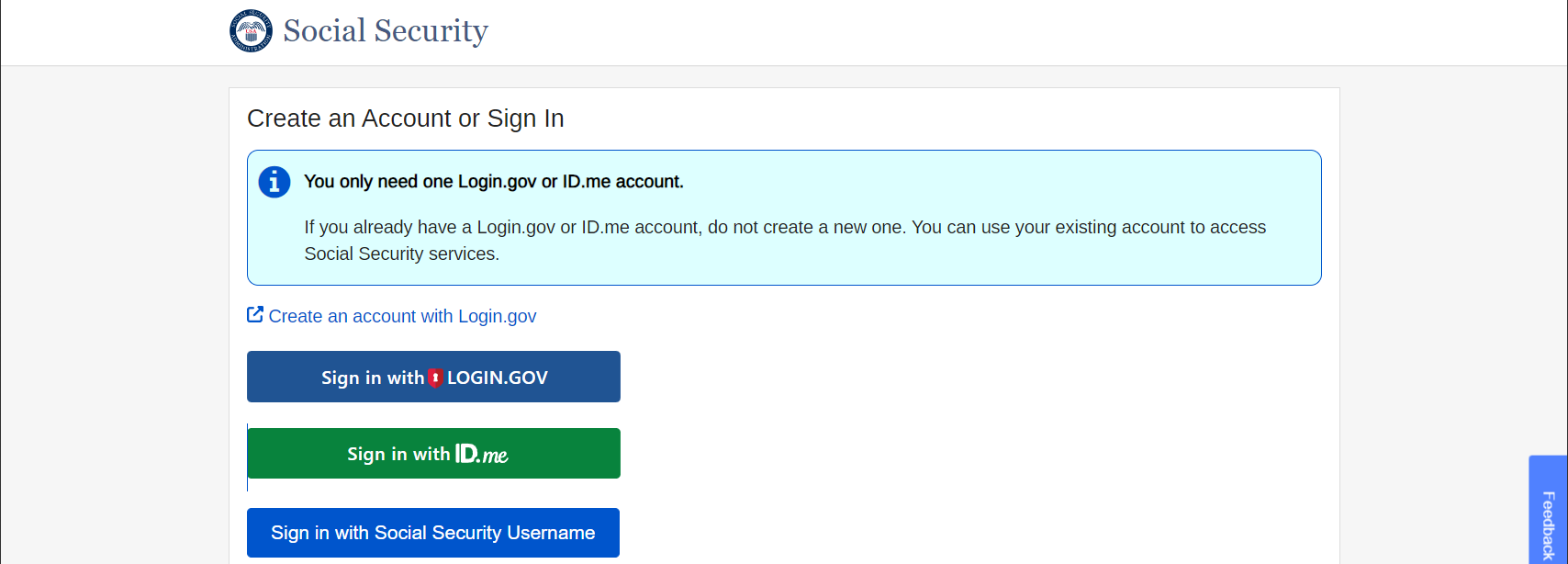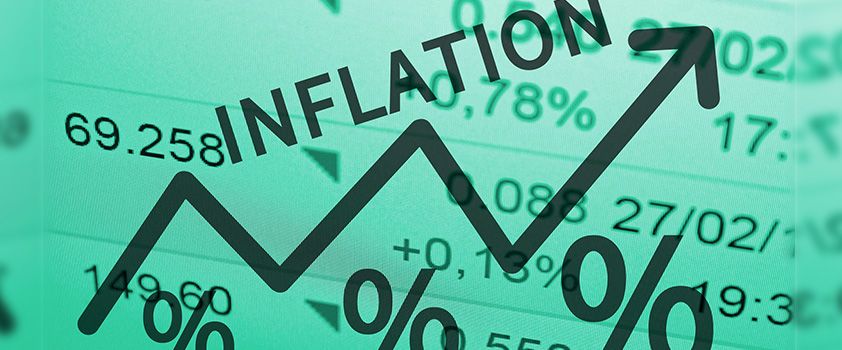RMD, or required minimum distribution, is an amount of money that a retiree has to withdraw from a traditional IRA, SEP, or SIMPLE individual retirement account. When a retirement account owner reaches 70.5 or 72 years old, then a certain amount of money will have to be withdrawn every year. So, in essence, the percentage distribution from the qualified required account is made by the government and it will make you withdraw cash when you reach 70.5 or 72 as of the new rule.
Now, why is this so important to know? The reason is that not taking the distribution will put a 50% penalty on the cash amount you should’ve withdrawn. It’s something that many individuals would want to avoid.
In reality, for most people, it doesn’t matter. Why is that, and why is this not important for most people? We’ll explore that below and will also mention when this matters for some categories of people.
Why It Doesn’t
Matter for Most People
A 50% penalty is not a small amount, especially if you’ve accumulated a nice sum of money in your retirement account. You’d think that most people would rush to withdraw the cash and avoid the penalty. Still, in most cases, people don’t care about the penalty and so the RMD doesn’t matter to them.
The main purpose of creating a retirement account is so that people can live off the amount stored on the account after retirement. Therefore, most people who accumulated some good sums of money did it with the sole purpose of living off those funds.
So, if the goal of the retirement money is only meant to help you live off it after you retire, then you are taking distributions to help meet your lifestyle requirements. Let’s imagine a situation now, and say that before you retired, you required about $5,000 monthly. With that in mind, you assess the retirement sources of income you will benefit from after you retire, such as pensions, social security, side businesses, and so on. Doing that results in you discovering an income gap which is about $2,000 every month, for example.
In general, people are going to use the distribution taken from their retirement accounts to fill that gap, and as a result, the RMDs are satisfied. With that in mind, an RMD is not something that you should be afraid of.
We’ve made quite an interesting discovery regarding people who go into retirement and have to start using their accumulated funds. Usually, retirees may go into retirement afraid to spend their cash out of FORO, aka the Fear of Running Out. It’s understandable – after all those years spent saving money into a retirement account, it would be terrible if someone ran out of cash during their retirement.
But through the help of a qualified professional and after an analysis has been made, you may be able to create a way to ensure your money lasts as long as you do. If so, RMDs exist as a way to encourage clients to take a few distributions, to have fun and treat themselves. The client could now take the money and enjoy different aspects of life – money that they would normally not allow themselves to withdraw. We like encouraging people to take the money and enjoy it however they want, treating themselves after working so hard for such a big part of their lives.
If you think about it, is life only about building up the biggest stockpile you were able to, and then just look at it and do nothing with it? The money has been gathered with a purpose – to be used. In our office, we have a saying; “True Success is found in the lives you’ve changed… not in the things you have obtained.”
Why It Does
Matter to Some People
Although to most people an RMD doesn’t matter, there are some people for which it does matter. For example, Social Security could be more taxable for those that don’t need an RMD to enjoy or to meet certain lifestyle goals. When it comes to Social Security, you have to know that this source of retirement income is a very tax-efficient one. As such, the more of the retirement income you’re able to get from your Social Security compared to your qualified distributions, then the lower the federal taxes are going to be. Of course, you can ask us about this if you have any questions.
But it doesn’t only make Social Security more taxable. It can also make you bump into the next tax bracket. If that happens, then the income will become even more taxable, which makes things even worse for you.
On top of that, it may also force distribution on you from an account that you may not wish to make a distribution from, which is again not convenient. In some cases, people may require permission in order to spend some cash after they retire. In other situations, you may need that money to make long-term investments to meet certain goals. So, making unnecessary distributions when you’re trying to meet a goal would only prevent growth.
How to Evaluate Whether RMDs Matter to You and What Can You Do About It?
Are you unsure whether RMDs matter to you or not? There’s no need to worry. Here’s how to make an evaluation and discover if an RMD is important for you and what you can do regarding the situation.
- Find Out the Income Gap
- What you need to do is find out what your income gap is. Is it below the RMD, or is it exceeding it? If it’s the latter, then you don’t have to worry about them. Basically, you will already be making a distribution, so it doesn’t really matter.
- Discover If Additional Taxes will be Caused
- When it comes to RMD, an account owner will be taxed at the income tax rate depending on how much of the RMD is withdrawn. But you need to figure out if there are some additional taxes added by the RMD. In case you’re unsure, we’re here to help you. What we can do is make a plan that will help us decrease the gravity of the situation through various strategies.
- Figure Out If SS Will Become More Taxable
Another thing you should do is try to find out if the SS is going to become more taxable. If you’re not sure, you should reach out to us. If we draft a thorough plan, we’ll be able to combat this thanks to proper strategic planning.
Another possible solution for this may be a Roth conversion. A Roth IRA conversion occurs when money from a Traditional IRA – where income tax-deductible contributions applied but distributions in retirement become taxable – is converted to a Roth IRA. The cool thing is that in the Roth IRA, you can make contributions with the after-tax amount of cash. A Roth conversion would be ideal when the balance for a traditional IRA has dropped when it’s at a much lower tax rate, or when there are no Required Minimum Distributions necessary. With that in mind, you should be aware that Roth conversions are not right for everyone.
In Conclusion
RMDs may matter in some cases, but to most people, they don’t. It’s important to know whether they matter to you and what you can do about them. If you need our help in discovering any potential additional taxes or whether the SS will become taxable, don’t hesitate to contact us. We can help you.











